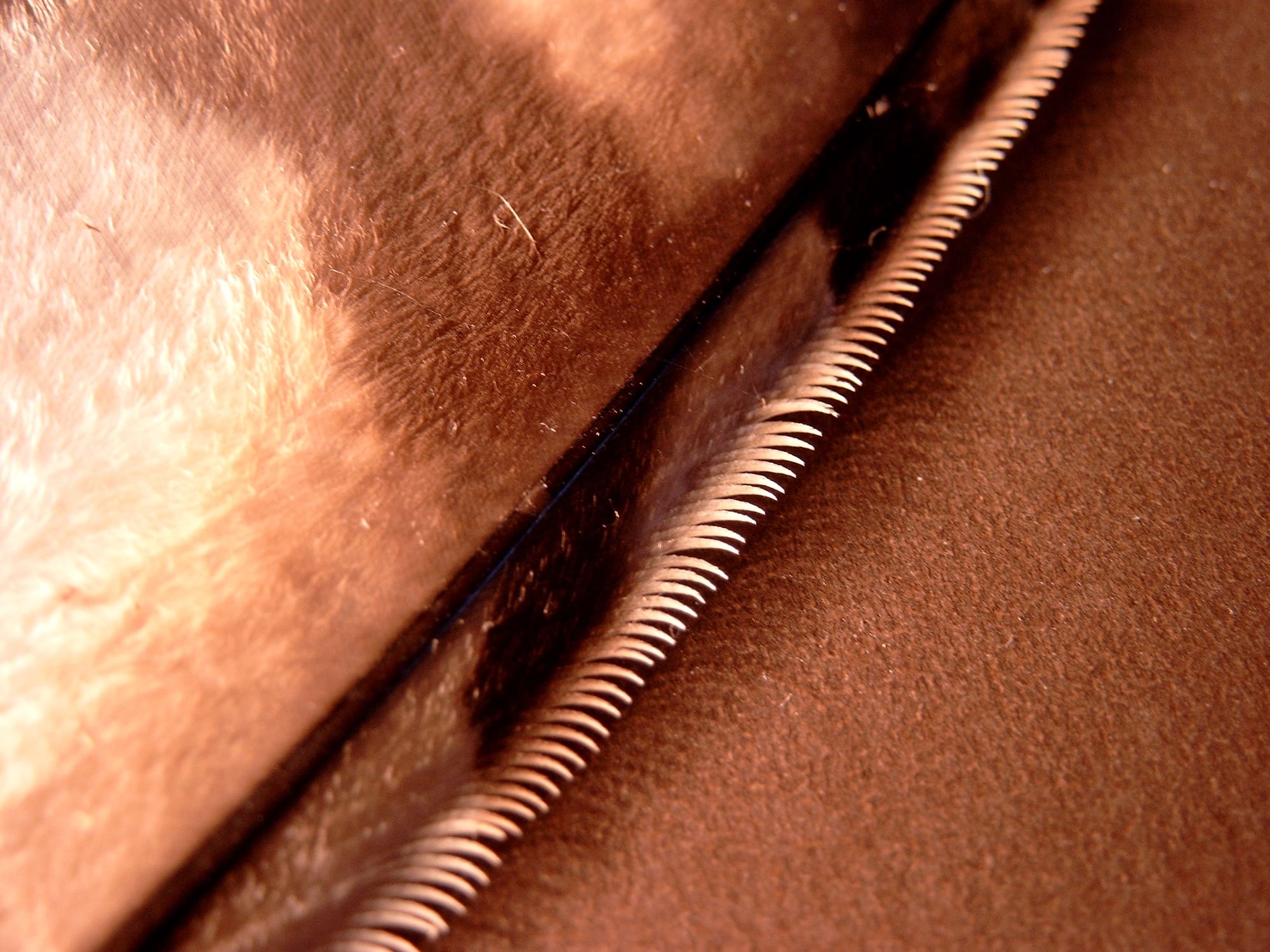Silent Night

We often wax nostalgic about the serene quiet of the night but imagine how the night would feel if there were silent predators swooping in on us without warning.
You may already know that owls have an almost mystical ability to find and catch prey in near darkness due to their unbelievably good hearing and their ability to fly without making any detectable sounds.

But it might surprise you to learn that scientists still don't understand how or why owls are silent fliers. And one difficulty in researching these questions is that owls fly so quietly that microphones can't easily record any sounds for scientists to measure and study.

The how side of the question has received considerable focus because scientists want to replicate silent (or quieter) flight for airplanes. To this end, scientists have focused on three unique features of owl wings, but unfortunately, no one has conclusively proven that these features are designed to mute sound.
One feature is the fringe of comb-like structures that project forward, while also bending upward and twisting, on the leading edge of an owl's first flight feather. While this fringe obviously impacts the flow of incoming air, its primary role may not be to dampen sound but to reduce the turbulence of air flowing over the wing. This would allow for stable, controlled flight at the slow speeds that an owl needs as it pinpoints a prey animal by sound.

The trailing edges of an owl's wings and tail are also fringed, and it's commonly believed that this fringe serves to reduce the trailing edge noises that accompany every aerodynamic structure moving through air or water. However, only one scientist has done a test removing the trailing fringe on an owl and it turns out that removing the fringe actually made the owl fly quieter rather than louder.

Finally, owl feathers are famously covered with a soft "velvet" that might serve to dampen the sound of air rushing over a feather. You can easily convince yourself of this fact by running your fingers down a regular feather and listening to the loud rubbing sounds then comparing this to absolute silence when you run your fingers down a soft owl feather.

Unfortunately for this line of reasoning, it turns out that owls have less velvet in the areas most exposed to flowing air, and more velvet in the areas where feathers overlap and hide each other, which makes it's hard to argue that the purpose of velvet is to reduce the sound of air.
Understanding the why of silent flight has led to two opposing hypotheses: the "owl ear" hypothesis and the "mouse ear" hypothesis. In other words, do owls fly silently so they (i.e. the owl) can hear better, or do they fly silently so their prey (i.e. the mouse) doesn't hear them coming.

Ultimately, every part of an owl is designed for listening. They have a forward-facing ring of specialized feathers around their faces that captures, filters, and funnels extremely quiet sounds to their ears, they have asymmetrical ears designed to detect infinitesimally small differences in the sounds reaching their ears, and they have specialized neurons in their brains for processing sound signals. Owls also have remarkably large wings for their body weight which allows them to almost float on the air and maneuver precisely as they drift slowly over their prey and listen.

These observations lend support to the idea that owls fly silently in order to mask the sound of their own feathers rubbing against each other. It doesn't do any good to listen for the barely audible squeaks and footsteps of mice in the grass if all you can hear is the sounds of your own feathers rustling against each other!

This new idea has led at least one scientist to suggest that the real question isn't why owls fly silently, but why other birds have feathers that are so noisy?

Member discussion